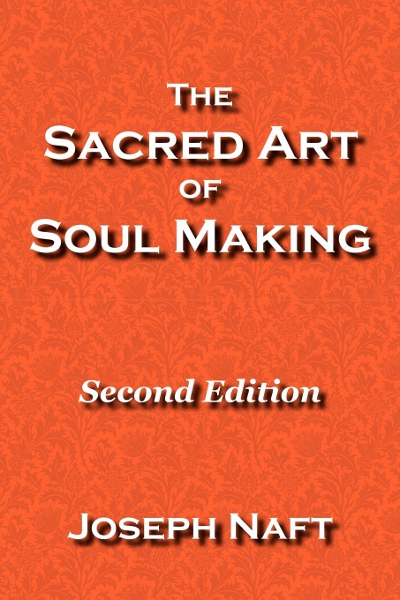|
|
Inner
Frontier Fourth Way Spiritual Practice |
|
Inner Work For week of June 8, 2015
Fluid Mind (Living in Flow: Part 4) To enable the river of life to flow freely through us, we need to remove the weeds and debris clogging its path. If we turn to look objectively at our own mind, we quickly see that weeds and debris abound. At that point the battle is half won, because, as in physics, the act of observing our mind changes it. The question is whether we actually look at our mind. We live in the world of our thoughts. Our thoughts define our reality and matter to us much more than they are worth. We identify with them, with that thin layer of inner words on the surface of our mind. Take the example of the running mental commentary that accompanies us all day. We believe that we are the one making those comments, that we are the narrator of our life. This is a subtle but crucial point. Can we see that we are not our thoughts, nor the one who is thinking them? Can we see that no one is thinking them? Can we see that our thoughts think themselves, like some journalistic software that takes in sensory data and spews out a story? It’s almost all automatic. The subtlety is in that word “almost.” Sometimes we do think intentionally. At those times we are indeed the thinker of our thoughts, we are the narrator or commentator. This only happens when we intentionally consider some subject, some issue we are dealing with. We think about it. But from the fact that sometimes we clearly are the thinker, we wrongly extrapolate to believing we are always the thinker behind every thought, when in reality the vast majority of our thoughts are automatic, subject to our experience, conditioning, and sensory impressions. Can we make this distinction? Can we know when we are being intentional in our thoughts? To the extent we believe that all our thoughts come from us, from our I, we live in the world of our thoughts. As such, we have nowhere else to turn, nowhere else to be, no place to see a different perspective other than the one offered by our thoughts. We get caught in the web of our thoughts. This world of thoughts is thin and impoverished compared to the reality around it: the external world brought to us by our senses, the deeper reaches of our inner world, and the spiritual realm. Again, meditation helps. After relaxing into our body and establishing our background presence there, we open our attention wider to notice whatever enters the foreground of our awareness. This may be a sight or a sound or a sensation, but often it is a thought that arises unbidden and, if we can just sit and watch, the thought fades away on its own. Then the next thought comes along and fades. A fitful stream of thoughts come and go, come and go. As we see this happening, we very gradually come to understand that we are not thinking these thoughts, that they are thinking themselves. The more that understanding grows, the greater freedom we have. We are no longer in the thrall of our thoughts, no longer dominated by the vagaries of our own mental chatter. We can then say, “I am not my thoughts.” So what does this have to do with flow? Flow means freedom. We can only live in flow to the extent that we are inwardly free. And freedom in front of our thoughts is a major step toward complete liberation. What does that freedom look like? Imagine that rather than falling under the spell of and reacting to every chain of thoughts going on in your mind, you instead know intuitively and without effort that those thoughts are not who you are, that they have no power or claim over you, that they are just thoughts, just words passing through your mind, and then you return to your presence and breathe easy. If there is something useful, creative, or truly urgent in those thoughts, you may take appropriate action, but without being identified with the thoughts. One measure of our being is the extent to which we live in the deep currents of stillness beneath our thoughts, the source of true flow, rather than on the surface of our mind, where endless chatter and self-centeredness abound. We let the thoughts go on as they will, because we know it is not possible to stop our mind from producing thoughts, that thoughts arising are just part of our equipment, like digestion, blood circulation, and breathing. We let our thoughts flow, we let our mind flow, while we abide in the consciousness, the cognizant stillness beneath it all. Our thoughts come and go, surrounded by a vast and pure awareness, untainted by the thoughts, just as the great sky is unaffected by passing clouds. For this week, notice your thoughts coming and going. Notice the stillness beneath and around them. Live in the flowing current of that cognizant stillness. |
|
|
About Inner Frontier Send us email Copyright © 2001-2025 Joseph Naft. All rights reserved. |








